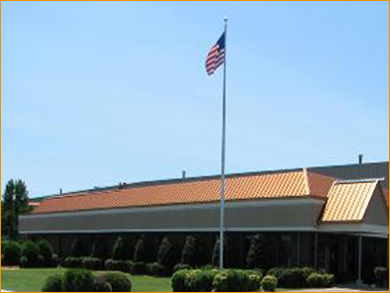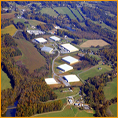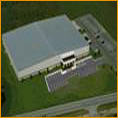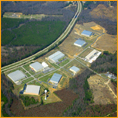3rd Quarter 2013 Hotline
Market Watch
Southern Industrial Development
by Joe A. Hollingsworth, Jr.
If you own or control an industrial portfolio of Class B or above properties, the fear during the recovery might be that new speculative construction can – to a great extent – make the older structures functionally obsolete with their attendant new efficiencies, thus lowering the rental values fairly dramatically for Class B and below properties. Existing Class B industrial landlords often have trouble raising their rents during the early to medium stages of a recovery, because the sheer volume of speculative building “overhang” provides a better value for tenants.
A different dynamic is playing out in this recovery. While construction costs and commodity prices during recoveries often go up substantially, rarely have they climbed so steeply as in the case of this recovery in the face of tepid demand. Concrete, gravel, steel, and paving constitute the vast majority of improvement costs for industrial structures all of which have moved significantly in price. When substantial demand rebounds, the pricing for new construction, and resulting rents, should “shoot the moon.” Therefore, the price gap between the new highly efficient construction designs and existing Class B or higher properties will be very evident and hard to hide in most markets. In some cases, the gap we expect is anywhere from $1.20 to $1.80 more per square foot in rental cost differential which would be paid by a tenant to go for a new facility.
How does this benefit existing industrial portfolios? First, in general, Class B rental prices will move up substantially as the spillover demand from Class A waterfalls down, and this direct effect is very clear in its nascent stages. Second and slightly more complicated, in some hot markets such as Louisville, KY or Cincinnati, OH, new speculative building will return fairly rapidly due to the increasing demand no matter what the price. As developers build new facilities at even higher costs per foot, wider rental price disparities on new speculative buildings in higher spec construction markets will cause tenants shopping for “reasonable price” facilities to spill out of those markets and consider much wider geographic areas. Since the hot markets are likely the only markets that can support the difference in new and used rental rates, speculative building will be virtually non-existent in the “less than hot markets”, thus causing searches to grow wider in geography even extending to smaller semi-rural communities; and, those communities will benefit until existing spaces are virtually gone. In fact, this disparity might exist for some time because, as demand heats up, commodity prices will continue to rise at a rapid rate for new construction further widening the gap and reinforcing the trend. This wide spread clearance of existing buildings across all geographies will play out before substantial speculative building can return except in very hot markets. Therefore, for those of you in established portfolios, enjoy the ride!



